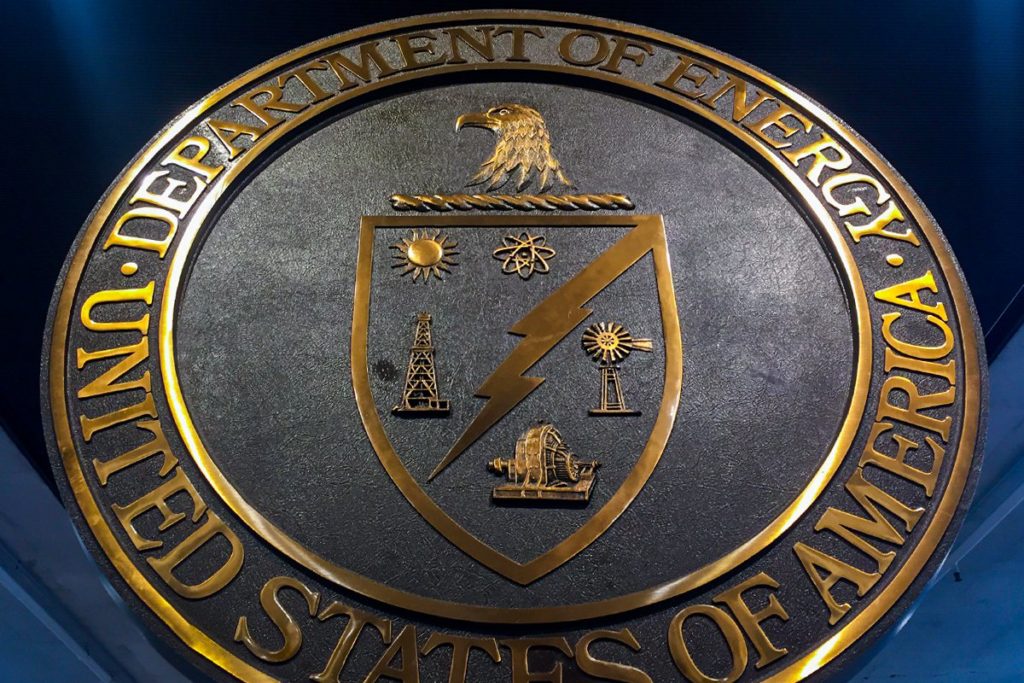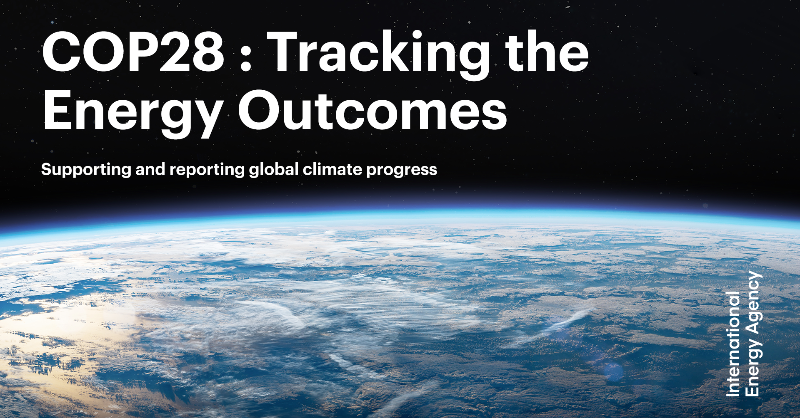DOE Projects Monumental Emissions Reduction From Inflation Reduction Act

Historic Legislation Supports Massive Clean Energy Buildouts, Rebates and Tax Credits to Slash Domestic Emissions up to 40%, Save Americans Hundreds of Dollars in Energy Costs a Year
The U.S. Department of Energy released a fact sheet highlighting the Inflation Reduction Act’s monumental support for clean energy technologies that will lower energy costs for families and businesses while helping drive 2030 economy-wide greenhouse gas (GHG) emissions to 40% below 2005 levels. The legislation will also bolster domestic manufacturing and provide direct investments for overburdened and underserved communities across America. This is the first report by the United States government analyzing how the Inflation Reduction Act can reduce GHG pollution.
Even more, the Act will lower energy costs for working families with rebates and tax incentives for home energy improvements, solar energy, and electric vehicles. The Inflation Reduction Act enhances President Biden’s strong executive actions on climate change, state and local government actions, as well as the game-changing innovation currently being developed by American workers and businesses. Together with the President’s Bipartisan Infrastructure Law, these transformative accomplishments will help position the U.S. to reach President Biden’s goal of reducing greenhouse gas emissions 50-52% in 2030.
See related article: DOE Announces $96 Million for Advancing Clean Vehicle Technologies to Reduce Carbon Emissions
“The Inflation Reduction Act is a triumph of historic scope and ambition that will enable a whopping 40% reduction in greenhouse gas emissions. Combined with President Biden’s Bipartisan Infrastructure Law and the CHIPS and Science Act, these investments will transform our economy and bring us closer to achieving our nation’s climate goal,” said U.S. Secretary of Energy Jennifer M. Granholm. “These historic legislative accomplishments are delivering on the President’s promise to build a new American clean energy economy that creates millions of good jobs while lowering energy bills for families and combating the climate crisis.”
DOE’s analysis of greenhouse gas pollution reductions from the clean energy provisions of the Inflation Reduction Act and Bipartisan Infrastructure Law finds that the combined impact of both laws could reduce emissions by approximately 1,000 million metric tons (MMT) in 2030, with a total of nearly 1,150 MMT when considering other provisions of each law. The expected emissions reduction from these measures is equivalent to the approximate combined annual emissions released from every home in the U.S.
DOE has also reviewed other benefits of the investments from the Inflation Reduction Act, Bipartisan Infrastructure Law, and the CHIPS and Science Act. The provisions aimed at increasing domestic manufacturing and supply chains for clean energy and transportation, combined with tax incentives and consumer rebates for American businesses and households – many of which will kick-in immediately, others within a year – will provide massive economic opportunities and a multitude of consumer savings, while creating millions of high-quality jobs.
The analysis of the Inflation Reduction Act was conducted by DOE’s Office of Policy, the office responsible for analyzing domestic energy policy and related integration of energy systems. Its work spans technology policy, deployment and infrastructure, state, local, tribal, and territorial policy, and energy jobs. It provides expertise in electricity systems, buildings and industry, mobility, energy security, and all parts of the transition to a clean energy economy for all.
Source: DOE










